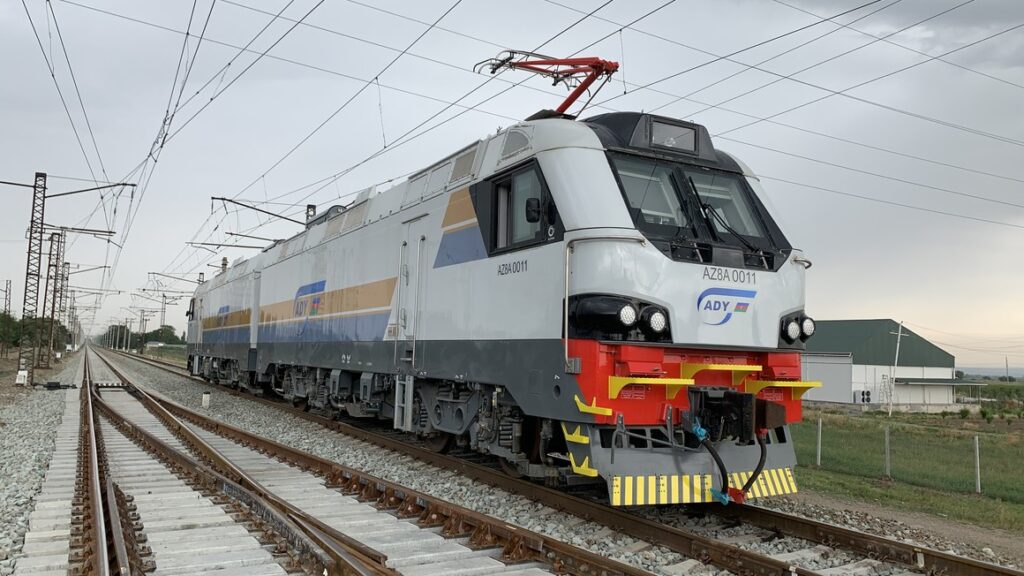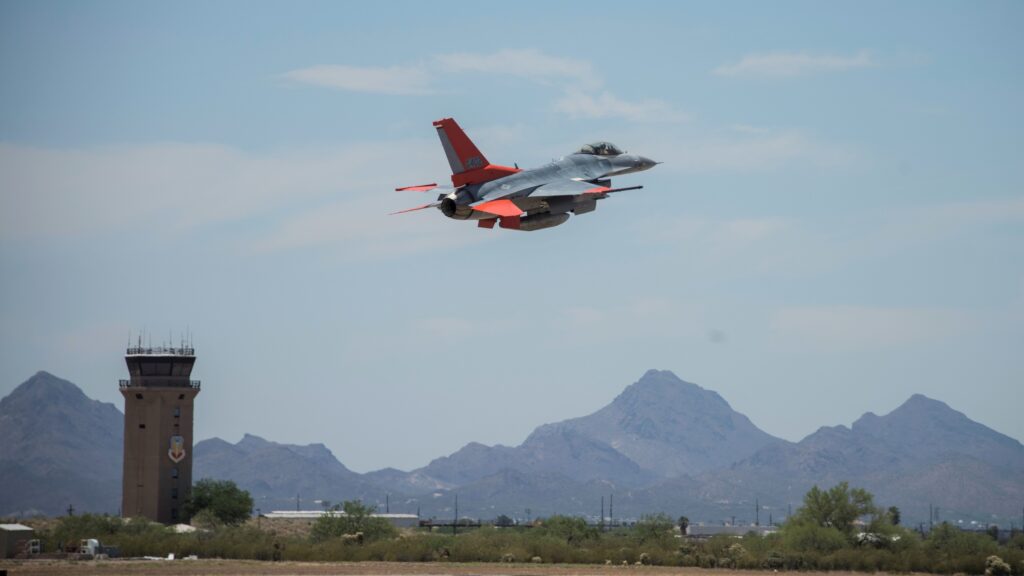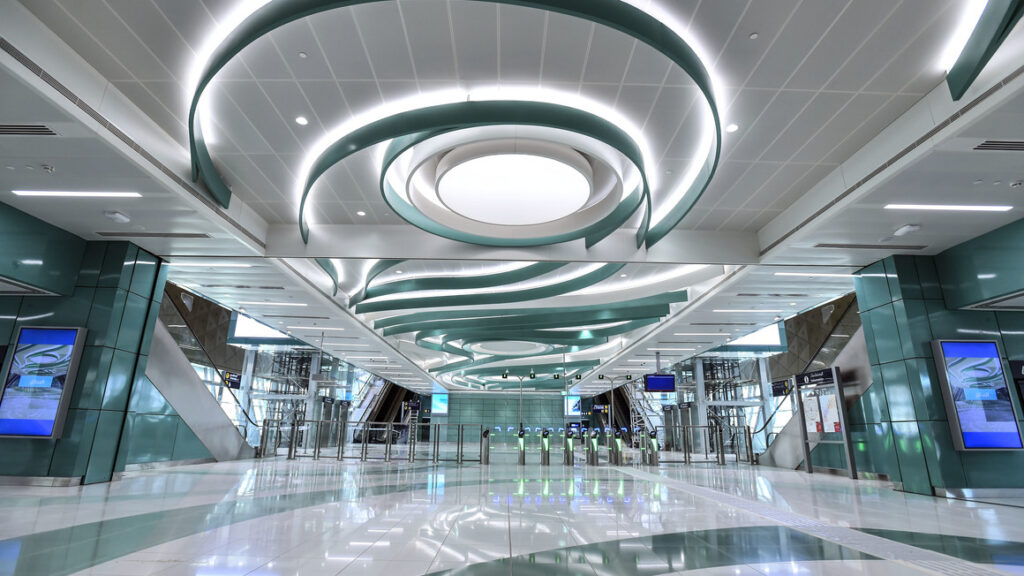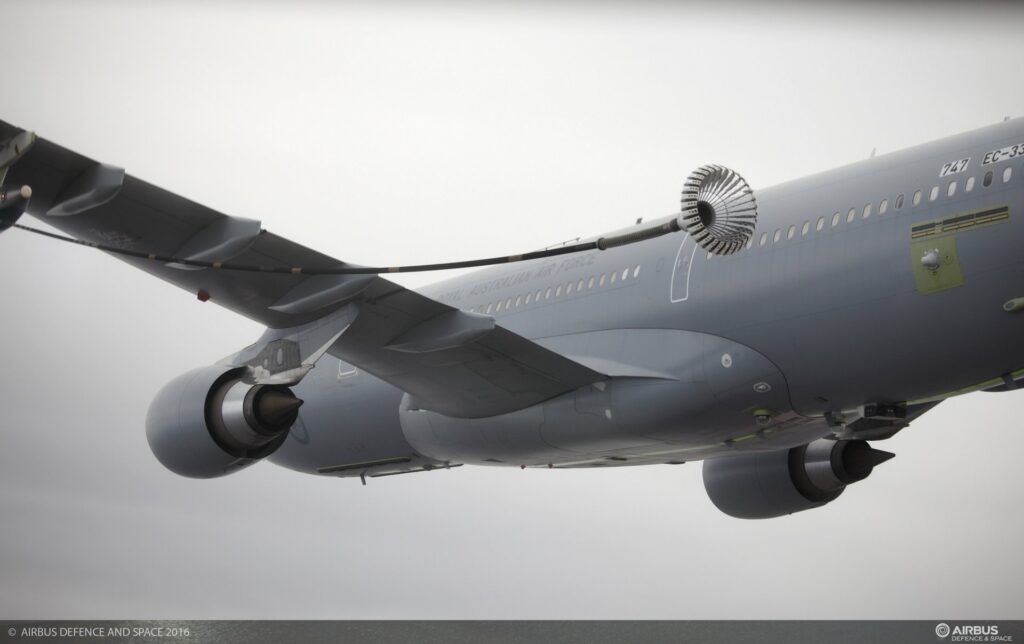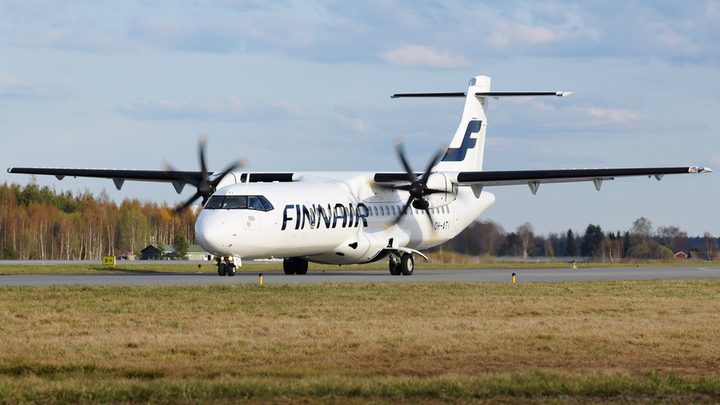Alstom Begins Validation Tests on Azerbaijan Freight Locomotives
Alstom has launched the validation test campaign for the Prima T8 AZ8A freight locomotives in Azerbaijan on the main freight transit line, which has recently been converted from 3kV DC to 25kV AC. In 2014,…
